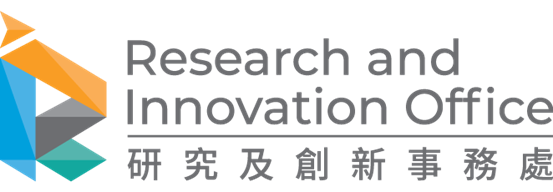PolyU breakthrough in underground navigation unlocks hidden cultural heritage
Sustainable city management recognises the importance of not only the busy above-ground urban systems but also the invisible underground infrastructure, utilities, and hidden heritage and their stories. The Hong Kong Polytechnic University (PolyU) is at the fore-front of geospatial and near-surface geophysical technologies, advancing land surveying research that supports cultural preservation and the sustainable development urban environment.
Harnessing a range of advanced technologies, Prof. Wallace Wai Lok LAI, Associate Head (Teaching) and Professor of the Department of Land Surveying and Geo-informatics of PolyU, and his research team have made significant strides in underground exploration. His research supports a wide range of impactful applications, from detecting urban infrastructure issues such as voids and pipe leakages to uncovering hidden historical heritage.
Prof. LAI said, “Imagine a time when doctors had to drill into a patient’s body to make a diagnosis. Today, non-invasive imaging techniques like MRI or CT scans have transformed medical diagnostics. Similarly, in construction, the way we access infrastructure has evolved from drilling holes for inspection to using non-invasive technologies. Advances in ground-penetrating radar (GPR) technology have enabled applications that go beyond simple locating, imaging, inspection and monitoring of construction works, including underground utilities, road pavements, tunnel liners and more.”
Uncovering cultural heritage with geospatial technology-driven archaeology
Leveraging PolyU’s multidisciplinary research strengths, one focus of Prof. LAI is the innovative use of geospatial and near-surface geophysical technologies in archaeological exploration. Collaborating with partners in history and archaeology from various institutions, his research team contributes to both the interpretation of historical contexts and community education.
Notably, the team has initiated a four-tier geospatial technology approach for applications in heritage and archaeological mapping, including the exploration of wartime heritage in Hong Kong and the Dairy Farm heritage in Pokfulam. Their research projects were supported by two Innovation Technology Fund grants from the Innovation and Technology Commission from 2023 to 2026.
To begin the four-tier approach, the research team starts by identifying potential features of interest at hidden historical sites, such as lost World War II locations, through the analysis of old maps, texts, images, and aerial photos. The team then uses point cloud data, either from the Government’s airborne or drone/terrestrial LiDAR from the PolyU Department of Land Surveying and Geo-informatic, to remove forest and generate 3D digital terrain models for geo-referencing within a geographic information system (GIS).
A red relief image map (RRIM) is used to reveal detailed underground features by analysing topographical openness. Guided by satellite navigation, they arrive at the sites, conduct on-site terrestrial LiDAR scanning, and fill in the unknown gaps in history. Deep learning-based characterisation is also being developed for large-scale surveys. Finally, the field work involved survey and validation for hybrid air-ground 3D modelling of the heritage sites, which were then applied to generate 3D augmented reality experiences in indoor environment.
Through this approach, Prof. LAI’s research revealed both hidden features, such as war relics and burials, using geospatial technologies, as well as buried structures identified through GPR, drone-based infrared thermography, magnetometer, and metal detector. The research, titled “Unfolding WWII heritages with airborne and ground-based laser scanning” was published in Heritage.
Furthermore, the project team successfully helped a Canadian family locate the most likely burial of their great-grandfather, Mr. Pickthrone, a lost seafarer who died and was buried in 1900, bringing great relief to the family. The story and the science behind it, titled “Archaeological investigation of burials preluded by ground penetrating radar and geospatial technologies,” was published in Archaeological Science.
Prof. LAI said, “Our research allows us to step beyond our traditional boundaries as scientists. By collaborating with historians, archaeologists, schools and non-government organisations, we innovatively apply the three-tier geospatial technology approach to uncover and understand valuable but hidden historical features concealed within forests or vegetation. In the past two and a half years, the multidisciplinary team has delivered more than 40 STEAM talks, workshops, field visits, and Art-Tech exhibition tours, directly engaging over 4,800 students and members of the public. This cross-disciplinary effort demonstrate that science and the humanities can meaningfully complement each other, and that genuine collaboration always leads to unexpected discoveries.”




.jpg?bc=ffffff&h=202&w=385&rev=02c9b8b748934648bce5f38263992851&hash=E51B386E4A5AF5C200BEBF61B5646971)







